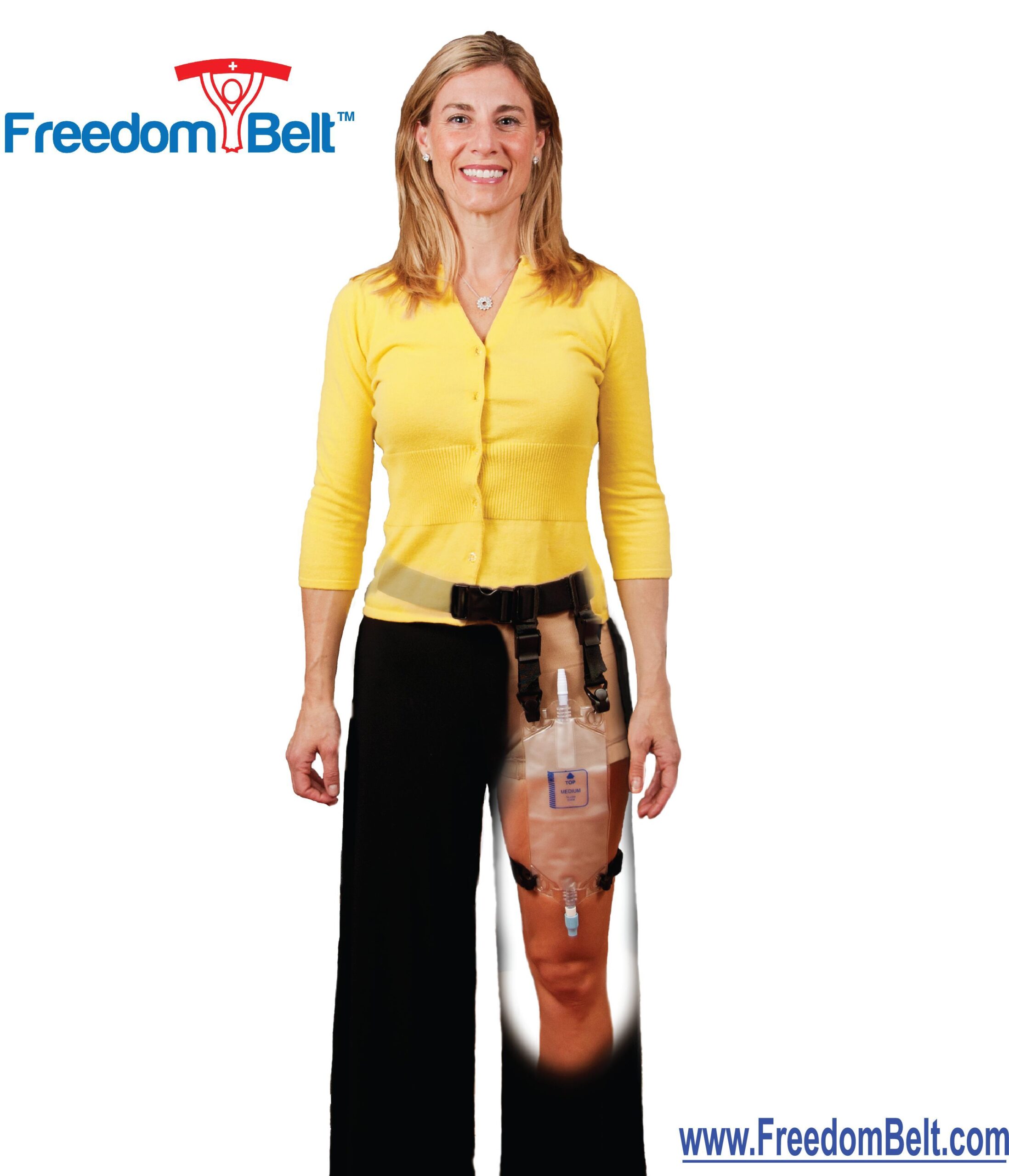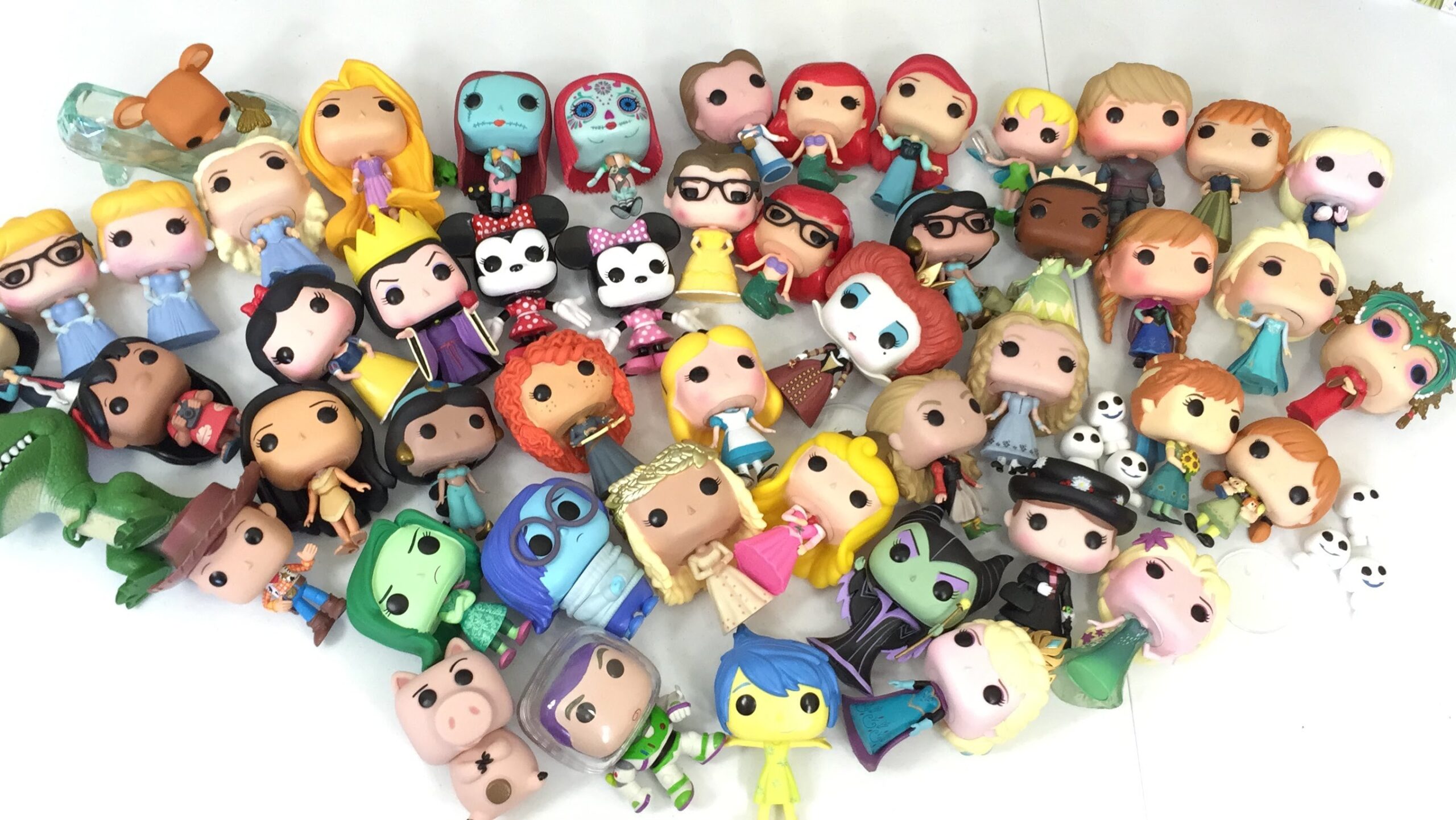Interview with Dr. Justin Mandel, DOM AP LAC, COO at Global Medical Innovations, LLC.

May 16 | 2017

I recently had the pleasure of connecting with Dr. Justin Mandel, DOM AP LAC, COO at Global Medical Innovations, LLC. Learning about Freedom Belt™ was a real eye-opener for someone like me who thankfully has never needed one or knows of someone suffering from the discomfort and limitations of wearing a drainage bag.
Dr. Mandel’s entrepreneurial spirit, medical expertise, and true concern for others is the formula for success. Thanks to people like him and his partner, a life-changing product was created that will surely help millions of people who could have only dreamed such an invention would one day be available.
This Q&A with Dr. Mandel was inspiring, educational, and motivating. Learn more about his endeavors and Freedom Belt™ and see for yourself why he’s a PayPath pick to watch.

Q: When did you realize you wanted to start your own business?
A: My involvement with working on this life-changing medical product called Freedom Belt™, was the culmination of years of experience with sales, online marketing, medical product development, and experience with inventing and patenting my own proprietary Overactive Bladder treatment. I realized a pretty long time ago that I wanted to create a hybrid online business model where throngs of patients who really needed help were served, instead of just treating one patient at a time like in a practice. This way I could leverage more of my talents to serve volumes of people in a completely different and unique way.
Q: How did the idea for Freedom Belt come about?
A: The time for Freedom Belt™ has finally arrived because my partner and I were the only two people who were willing to invest massive amounts of time, energy, and capital in this particular way to make a difference in what will be the lives of millions. As practitioners, we have a unique advantage in that we work with patients who need specific help and we can see the areas where innovation is desperately needed.
The idea for Freedom Belt™ came about when Dr. Mario Torres-Leon was making his rounds at Massachusetts General Hospital and a female cancer patient under his care asked him whether he knew what the worst part of her cancer was. He thought to himself, “What can be worse than cancer?” In return, she responded, “It’s my drainage bag!”
When she said that his mind spun off into a totally different direction because he realized the critical need for patients to be able to properly strap drainage bags to their bodies. So Freedom Belt™ was born out of this shocking experience with his patient who desperately needed a brand new solution for her problem because up until that moment the current standard of care was abysmal.
Q: What has been your biggest challenge with the product/company thus far?
A: The biggest challenge to bringing Freedom Belt™ to market has been a race against the clock. An enormous amount of time was invested into bootstrapping Freedom Belt™ so it’s at the point where it is right now. An intensive amount of non-stop sweat equity has been poured into it, and the overwhelmingly positive feedback we’ve been getting from patients, medical professionals, and medical device manufacturers has been completely reflective of that.
The entire year of 2016 was spent building the foundation for the Freedom Belt™ manufacturing process and putting in place some of the crucial marketing assets to move it forward. We knew that in order for future customers to make the best use of Freedom Belt™, it had to be outrageously comfortable so it could be worn all day and night. So we spent months testing over 30 different types of materials until we were finally able to bring it to the point where it can be worn all day and all night long without people ever knowing it’s really there. I can testify to that because I’ve personally tested it myself so I’m able to stand behind it 100%.
Q: What has been the most rewarding experience throughout the process?
A: The most rewarding experience by far has been hearing from Freedom Belt™ users about how they’ve been able to get their freedom back following their surgical procedures! Our very first customer had 2 prior surgical procedures and for the third one, he knew what he was in for so he wanted to be prepared for it. What he didn’t want was to be stuck at home for weeks on end and be massively inconvenienced with needing to drain his drainage bag as soon as it filled up a little because the weight from it would pull the rubber bands down.
So he searched for a solution for this problem and found Freedom Belt™ online through doing a Google search. Two weeks after he received his Freedom Belt™ he explained to us how it gave him his life back so he could take his wife out to eat and go about his normal business without any concern for what otherwise would’ve been a nightmare.
The Freedom Belt™ difference can be summed up best by Carl B. from The Villages in Florida. “I want to share a better way to live with a catheter. When my doctor told me of a 4-week recovery with a catheter after surgery, I knew I had to find a better way to deal with the thin elastic straps that come with a standard leg bag. I’ve used a Freedom Belt for 2 weeks. Zero fear of the leg bag sliding down my leg, pulling on the catheter. No worries about readjusting before sitting because the bag rotated to either side of my leg. The bag stays put. No matter what I do or where I go. Standing, bending, sitting, walking, driving, worn under my pants or long shorts. Very discrete and secure. Highly recommended.”
Q: What is different about Freedom Belt compared to other products in its category (if there are any)?
A: Freedom Belt™ is the very first patented suspension-based strapping system that’s ever been devised for managing drainage bags that hold urine or other bodily fluids. Until now, the decades-old standard of care has forced patients to hold up their drainage bags using cheap rubber or Velcro that might cost as little as a penny each. These archaic straps do not do a sufficient job holding the drainage bags in place because they fall down as soon as they fill up with fluid. As you could easily imagine this highly limits people from going about their lives like they did before their surgery.
To help make a little more sense of it, think of it this way: You just woke up from surgery and you now all of a sudden have a rubber tube sticking out from inside your body with a big plastic “bladder” attached to it at its end. Now you are forced to keep everything on you so that it stays in place, but you also need to make sure that the rubber tube never comes out because if it does it’ll be incredibly painful plus beyond that, you’ll need to go back to the hospital to get it surgically reinserted.
So now with Freedom Belt™ you can go about doing pretty much everything you did before your surgery like food shopping,getting lunch from a local deli, attending concerts, exercising at the gym, etc., which makes it a very welcomed relief for probably nearly all patients who need a drainage bag.
Q: Who is Freedom Belt aimed towards?
A: This product is for ANY patient that has the need to manage drainage bags following surgery. It could be for anyone from as young as a pediatric patient on up to senior citizens.
Q: Where can people purchase Freedom Belt™?
A: Patients or family members can visit www.FreedomBelt.com to purchase their Freedom Belt. Alternatively, it can be ordered by calling our toll-free phone number at 844-FREE-NOW.
Q: Where do you see the company going in the future?
A: Freedom Belt™ is the first product that our company, Global Medical Innovations LLC is bringing to market. Additionally, there are 9 other additional related product lines that will be able to help patients’ lives be more pleasant during or after they’ve had minimally invasive surgeries.
Because Freedom Belt™ is a major game-changer that offers the next evolutionary leap in medical devices for patients who have drainage bags, it will be just a matter of time before it is adopted as the gold standard for all patients who need a surgically implanted catheter. This will be like the modern-day digital calculator replacing the Stone Age abacus, where hardly anyone who needs to would always prefer a calculator, which can perform computations more easily faster.
Q: What advice would you give a budding entrepreneur or business-minded individual seeking to launch a new product or service?
A: Working on a medical start-up that can profoundly affect the lives of millions of people with a product like Freedom Belt™ involves a tremendous sense of responsibility involved with it. There’s a moral sense of responsibility to create the very best product possible because of how many people’s lives that will be able to be touched with it without ever meeting over 99% of them.
If you know in your heart of hearts that you have a winning product or service that will dramatically improve lives, then do everything it takes to make your vision happen. People who know nothing about entrepreneurship will tell you that you’ll fail. Your family might not fully support you. Your friends will talk behind your back. People who think they have your best interests at heart will try to crush your dreams because they don’t want you to succeed and don’t want you to get ahead so you can stay way behind like them.
Ignore everyone. Grow some thick skin, put your blinders on and dig in deep. Then do everything you can without reservation to see your vision manifest itself.
Q: How many people work for Freedom Belt at this time?
A: We have 5 people that work for the company as of now. Both Dr. Mario and I have been spearheading its efforts to get it to where it’s currently at. We recently brought on board an experienced investor relations executive to help us acquire investment capital, and we also have two really wonderful salespeople working with us in the Caribbean.
Additionally, we have well over two dozen people that we’ve hired through outsourcing who help with everything from website development to marketing.
Q: Sum up your company philosophy (or your own mantra) in 3 words:
A: Patient-centered products.
It doesn’t sound logical when I say “patient-centered products”, so I will explain. Until now, medical devices have been exclusively designed to typically only benefit the medical device companies. Now, with Freedom Belt™ and the other 9 D’Ultima product lines that will set the gold standard in the minimally invasive surgical niche, it’s the patients that will finally come first. That’s because Dr. Mario has the insight into the needs of the patients themselves, given that he’s worked with thousands of them.
Q: What about your personality makes you a successful business owner?
A: I’m relentless. I don’t give up. With millions of people worldwide who will benefit from Freedom Belt™ I don’t have the luxury of being able to be idle and let things happen on their own.
With a brand new start-up, there’s a crazy amount of things that need to get done so it’s critical to realize the pieces that need to be in place as well as the order that those pieces need to be assembled in, etc. I’m pretty good at prioritizing what needs to get immediately done and what can be saved for later.
Q: Anything else you’d like to share?
A: Freedom is something that all of us hold near and dear to our hearts. When we lose our freedom it can profoundly affect us on many levels. We’re very glad because Freedom Belt™ is there to successfully serve those patients that up until now, the medical community did not have an adequate solution for.
If you’re an entrepreneur and you can provide humanity with something so fundamental that people have a critical need for, then do everything that you can to make it happen! Entrepreneurship isn’t straight-forward. Every day brings different challenges. If you’re going to work on a medical start-up or another type of start-up, the workload is non-stop. There’s always, always, always work to be done. So make sure that you’re really passionate about what you’re doing because when the times get tough, that will help to float you through.
What you really need to do is to speak deeply to yourself at your core and not chase opportunities simply because there’s a high dollar figure that could be associated with it. If you’re not highly passionate about what you’re doing then when the going gets tough it’ll be too easy to just give up.










